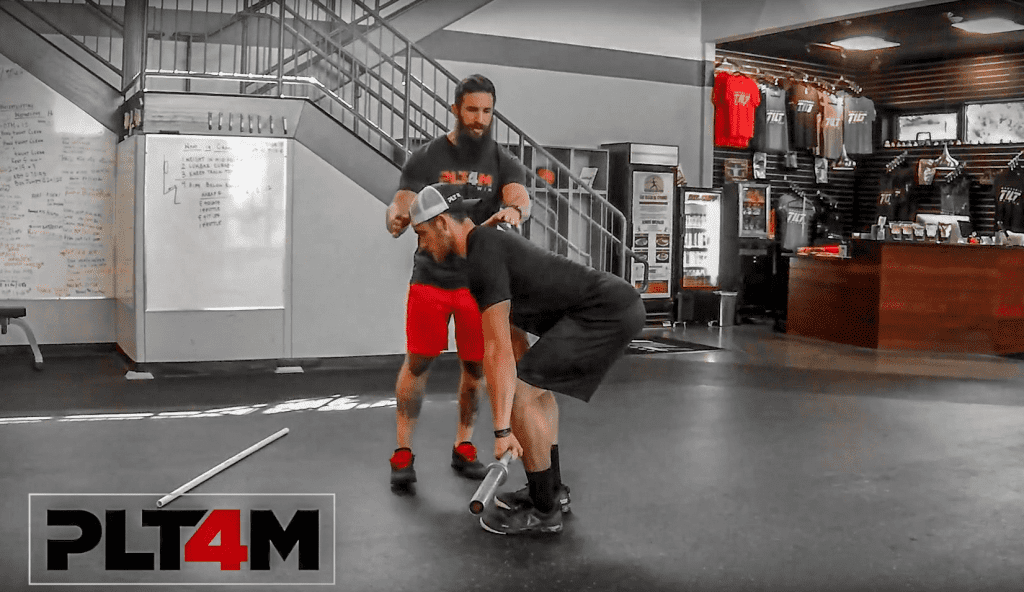For good reason, the Deadlift is beloved by coaches everywhere. It is an excellent way to develop pure, total body strength as well as reinforce good posture and proper mechanics that relate to many other movements. Unfortunately, though, it is also a movement where strength can trump form – it’s too easy to do it the wrong way. You can execute a heavy rep with egregiously poor technique and we see this far too often with high school athletes who want to move big weight. The result can range from inefficiency to a legitimate risk of injury.
While the deadlift appears to be a relatively simple lift, proper execution often proves far more difficult. Here, we identify just a few of the major coaching points that we use when teaching to any of our athletes. We are constantly looking to perfect technique in order to maximize gains, while simultaneously minimizing risk.
- Perfect the Set-Up Position: Often, athletes have failed the lift before they’ve even begun. Improper set up for the deadlift can result in a host of technical errors during execution. One of the most common issues we see is incorrect hip and shoulder positioning. Some athletes set up with super low hip level, much like a squat – others do the opposite, treating it more like an RDL. We want to find the middle ground. With the bar just in front of vertical shins, the athlete’s hips should be above the knee (from a profile view), the shoulders above the hips (and in front of the bar) and gaze towards the ground (neck in a neutral alignment – no “eyes to the sky” here!). Correct alignment will help ensure athletes’ maintain proper back position and allow them to generate the most force into the ground.
- Teach it as a “Push”: While the deadlift is most often referred to as a pulling movement, we actually prefer to associate it with a “push” when teaching new athletes. Hearing “Pull” often leads to movement deficits – hip & shoulder disassociation during the initial ascent phase, loss of lumbar curve, etc. To combat these issues, we instead tell the athlete to focus on pushing the ground away with their legs. This helps to keep the hips and shoulders rising at the same time with a tight core.
- Work the Return: Even athletes with impeccable deadlift form off of the floor often have a tough time with the eccentric portion of the deadlift, or the “return”. When working consecutive reps within a given set, this half of the movement becomes vital to proper execution. Essentially we want to mirror the concentric half of the lift in reverse. First the athletes should push the hips back and “look out over the cliff” until the bar reaches the knee. Only then should the athlete re-bend the knee. Early knee bend is a fault we see frequently, and leads to both inefficiency moving weight and potential injury.







